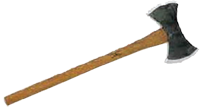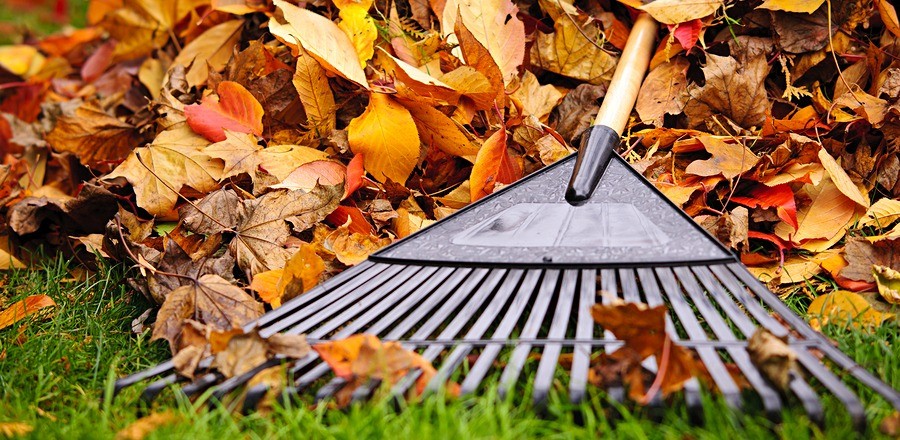Autumn is right around the corner, which means trees will begin to change color and shed their leaves. This is a completely normal process that should cause no reason for concern.
Once spring rolls back around, most species of trees will regrow their leaves. In the meantime, however, homeowners should follow some basic steps when dealing with fallen tree leaves.
Watch for Diseased Leaves and Foliage
This tip applies to all seasons, not just autumn. When a tree becomes diseased, it may show signs such as powdery mildew on its leaves. As a homeowner, it’s important that you keep a close eye out for diseased leaves and foliage such as this, disposing of it in a timely manner. Leaving diseased foliage scattered across your lawn may result in other trees becoming infected; thus, triggering a chain reaction that can quickly take over your lawn.
Here are some tell-tale signs of diseased leaves and foliage:
- Mold growth
- Discoloration (abnormal colors for the species of tree)
- Pinpoint-sized holes
- Large areas of leaves and foliage “eaten” away
Rake and Remove Leaves
Whether the leaves are diseased or not, you should still get into the habit of removing them off your lawn. This is particularly important if you have an otherwise healthy lawn.
When leaves begin to accumulate, it creates a barrier over the grass, restricting it from the much-needed sunlight.
Another reason why you should rake and remove leaves is to prevent certain types of disease. Foliage, if left unchecked, encourages the formation of turf diseases.
A simple solution, however, is to protect your lawn by removing leaves in a timely manner. The sooner you remove the leaves from your lawn, the lower the risk of turf diseases infected your grass.
What to do With Leaves
Now for the million-dollar question: what should I do with my leaves after removing from the lawn?
You can always bag and dispose of them at your local dump (or trash pickup service, assuming it’s allowed).
Alternatively, you can burn them in your yard. Be sure to check for any local burn bans in effect in your area.
A third option is to use them as compost by mixing the leaves with other organic materials. Oak leaves are particularly excellent for compost because they contain the compound lignin.
Note: do not attempt to mulch, compost or otherwise reuse diseased leaves and foliage. If you discover diseased leaves on your lawn, dispose of them in large trash bags.
The Woodsman Company offers tree planting, tree pruning and shrub trimming, tree removal and stump grinding as well as a tree wellness program.
If we can help with any of your tree care needs give us a call at 512-846-2535 or 512-940-0799 or

